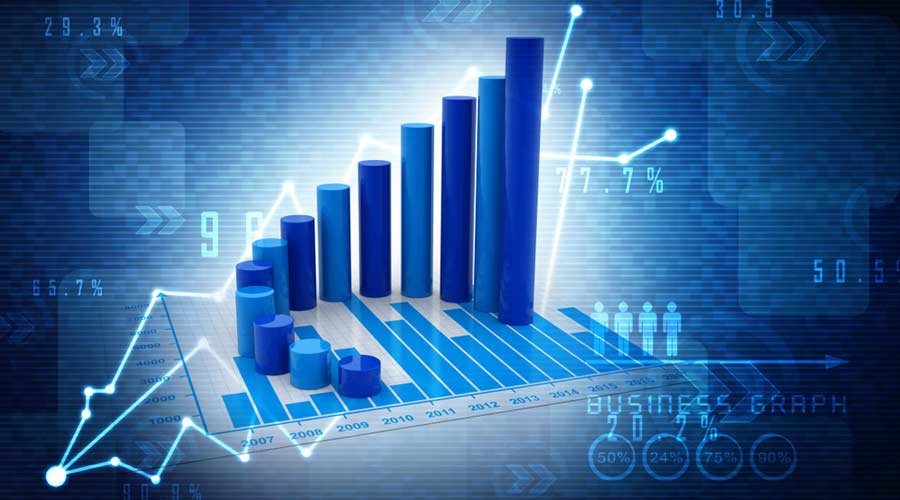
The global service robotics market will reach US $42.2 Billion by 2027, according to a report from Research and Markets.
Across the globe, the robotics industry is rapidly enabling the service robotics market trends, owing to the fast-paced technological advancements converging in automation, machine learning, engineering, and artificial intelligence. The effects of the introduction of robots have resulted in the conversion of the task-performing capacity of humans.
Service robots are designed to assist humans and perform helpful tasks, excluding industrial and manufacturing automation applications. They operate semi or fully automatically and can perform tedious & dangerous tasks and provide enhanced efficiency and increased safety.
Global Service Robotics Industry will grow at a compound annual growth rate (CAGR) of 24.6 percent from 2021-2027
Apart from this, the growing need to control, monitor, and manage several operations in the logistics, healthcare, and household sectors, along with rising labour costs, drives the market demand.
The difficulties in handling day-to-day tasks, workloads, and intensive operations add up to the need for these robots due to their high functional efficiency features. Due to substantial R&D investments, product innovations, and increased consumer awareness of robotic benefits.
These systems are seeing high demand in human service tasks to reduce the work pressure, and the same effort in repetitive tasks. Several organizational innovations and government initiatives promote automated & robotic systems, and create several industry growth opportunities.
Professional Cleaning Account for a Significant Market Share
On the basis of segment, service robots are employed in Transportation & Logistics, Professional Cleaning, Medical Robotics, Hospitality, and Agriculture & Field. The professional cleaning segment would exhibit an advantageous growth rate during the forecast period.
The manual cleaning of carpets and floors in commercial spaces, like shopping malls and corporate offices, is a very time-consuming task. This has facilitated the operators of the commercial spaces to select a robotic cleaning system. Among these, medical robots are anticipated to show significant growth due to people's rising shift towards integrating robotic solutions for critical medical operations and the introduction of high-tech testing labs. They reduce the workload of medical staff, allowing them to expend more time caring directly to patients while creating significant operational procedure which delivers efficacy and reduces cost investments for healthcare amenities.
COVID-19, Impact on Global Service Robotic Industry
The markets for most service robots seem hardly impacted by the COVID-19 pandemic. Robotic solutions support social distancing, are unaffected by travel bans, and are not quarantined.
The outbreak of COVID-19 has encouraged the adoption of a service robot for performing various tasks such as disinfection, contactless delivery operations, delivering medications and food, and assisting border controls.
These technologies can help deal with enormous staffing shortages in manufacturing, supply chains, healthcare, and diagnosis and treatment. Thus, the market can glimpse several deployment instances, particularly in healthcare.
Access to the entire report can be found here.

 Celebrating BSCAI's 60th Anniversary eBook
Celebrating BSCAI's 60th Anniversary eBook The Down and Dirty on Cleaning in Virus Season
The Down and Dirty on Cleaning in Virus Season How Surfactant Use is Expanding in Commercial Cleaning
How Surfactant Use is Expanding in Commercial Cleaning